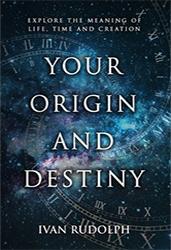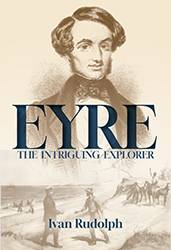Expedition Evaluation
On completing the crossing from Adelaide to Albany, Eyre said, “I hope that our labours have not been altogether in vain, but that hereafter, some future and more fortunate traveller, judging from the considerable extent of country we have examined and the features it has developed, may, by knowing where the interior is not practicable, be directed to where it is.”
This is a typically self-denigrating analysis of his findings. In fact, as a consequence of his various explorations, he stimulated development north of Adelaide, north of Spencer Gulf and on the Eyre Peninsula. He also broke many exploration barriers and those who followed built on his work, including the fact he proved conclusively that no great waterway existed from north to south, as some had supposed, and nor did the mighty cliffs of the Bight hide an inland sea.
As Malcolm Uren pointed out in Waterless Horizons, “Eyre, with Charles Sturt, E.B. Kennedy, Robert O’Hara Burke, W.J. Wills, Ludwig Leichardt, A.C. Gregory, John McDouall Stuart and John Forrest were the great pathfinders of Central Australia – and Eyre was the first.” This is a truth often not realised, Eyre was the first to tackle Australian deserts and attempt to find a route to the Centre. His expedition predated Sturt’s inland thrust by four years, Augustus Gregory’s transcontinental journey by 15 years and John McDouall Stuart’s successful expedition by 20 years.
For many years, almost all men who subsequently entered these regions, as squatters or explorers, studied first Eyre’s reports, methods and maps. Those men invariably expressed their astonishment at his achievements. Peter Egerton Warburton, a Policeman and famous explorer in his own right who was used to privation (for example a snake attempting to bite him through his trousers could not find his leg because he had become so thin), decided in 1860 to follow Eyre’s tracks between Fowlers Bay and Eucla. He never made it – he and his party were forced to retreat in extreme distress. He wrote afterwards of his high regard for Eyre as “a man whose indomitable perseverance overcame difficulties that might almost have been deemed insuperable.” Big John Forrest, the Western Australian explorer and later its Premier for a decade, wrote, “I passed over the same ground [in 1870], though in the opposite direction, and the records of Eyre’s expedition of were the greatest service to me.” He commented on “the almost unexampled demands upon human endurance” that Eyre had exercised.
Eyre’s achievements as an explorer have never received the recognition they deserve, even to this day. Fred Johns, whose biographies became Who’s Who in Australia, expressed it well in 1920 when he observed: “As a feat of human endurance, that journey has no parallel in Australian exploration. Probably it is unsurpassed in the whole range of British adventure, with the possible exception of Captain Scott in Antarctica.”
A great highway now crosses the Nullarbor. It runs 20 to 40 miles inland rather than closely following the cliffs as Eyre did. It began as a military road hacked across the scrub during 1941 and was sealed in 1976, when it was named appropriately the Eyre Highway.



